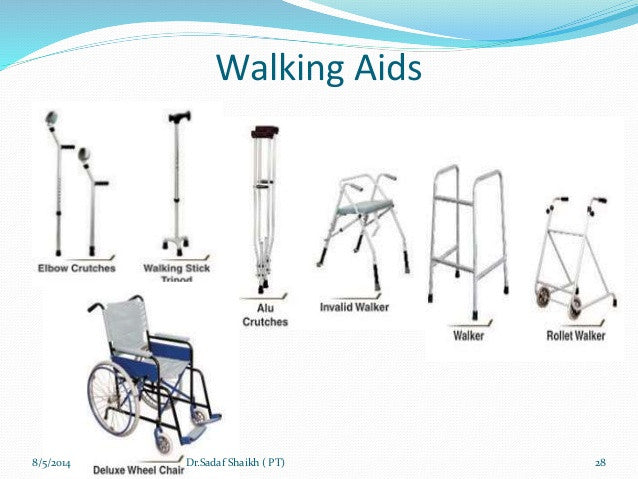
Choosing the Right Mobility Aid for You
Whether it be an injury or age, decreased mobility is a huge concern in our everyday lives. However, there are a wide-range of products on the market to help us continue to stay active despite physical constraints. From wheelchairs and rollators to canes and braces, it is hard to know what is the right product for your condition. These tips will help you determine what mobility aid or walking aid can keep you living life to the fullest.

There are three main categories for mobility aids; balance, support, and transport.
- Balance aids are for those who are still able to walk, but may have trouble maintaining a balanced state. Canes are the best solution to maintain balance. The single-point cane is the most common product on the market. It is known for the single point touching the floor. Single-point canes tend to be the most economical choice. The second kind of cane is the quad cane. This category has multiple contact points with the floor for additional support. While the quad cane offers more balance support, it may slow your pace. In order to be safe, it is important to have all four contact points meet the floor. The main benefit of canes are their lightweight frame making it easy to transport and use. The limitations of canes are that they can only support one side of the body and can cause pain to the back, shoulders, and wrists if not adjusted properly.
- Support aids should be considered if you find that a balance aid would not offer enough mobility assistance. The most simple support aids are crutches. The two categories of crutches are named for the location they are to be used. Underarm crutches are commonly used on a temporary basis for injuries to lower extremities. Forearm crutches are more suitable for long-term use because they have arm cuffs and handles to relieve underarm stress and increase comfort. It is crucial to have your crutches at the appropriate height to prevent injuries to other parts of your body. While crutches are the most economical choice for support aid, a rollator may be a better fit for you if crutches don’t offer enough stability. Rollators, or wheeled walkers, are designed for optimum support with a wider base to prevent falls. In addition to the main structure, rollators feature a seat so the user can easily take a break if needed.
- Transport aids are designed for those who have a hindered ability to walk. Wheelchairs are the primary transport aid because they allow you to remain mobile in a seated position. If you decide a wheelchair is right for you, it is important to consult a medical professional to teach you the correct way to propel the device. Improper usage can result in injury to other parts of your body. There are many features that can be added to a basic wheelchair to make it right for you and your needs.

